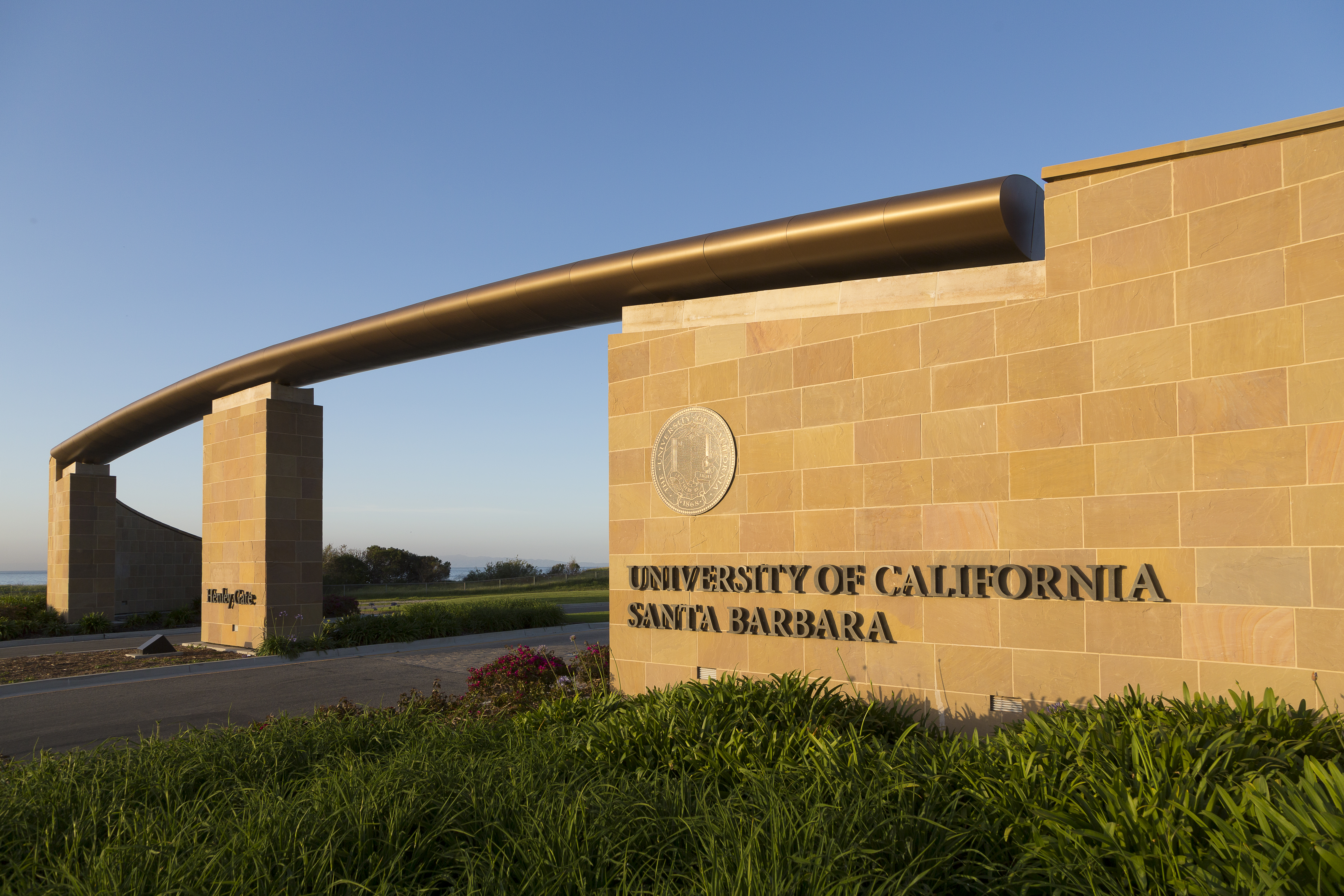A Top 10 University

U.S. News & World Report has once again included UC Santa Barbara in its annual listing of the “Top 30 Public National Universities” in the country, as well on its list of the “Best National Universities.”
UCSB — which this year experienced the most competitive admissions process in campus history — has jumped to number 10 among the “Top 30 Public National Universities.” Among national universities, including both public and private institutions, UCSB moved up to number 40. The campus tied with Lehigh University.
In addition, the undergraduate program in UCSB’s College of Engineering is ranked number 36 on the U.S. News & World Report list of “Best Programs at Engineering Schools Whose Highest Degree is a Doctorate.” Among engineering schools at public universities, UCSB’s College of Engineering placed at number 20. UCSB is tied with the University of Colorado-Boulder, the University of Florida and the University of Notre Dame.
The magazine has just released its annual college rankings online at USNews.com. The 2015 “America’s Best Colleges” guidebook goes on sale Tuesday, September 23.
To rank colleges and universities for the Best Colleges 2015 guidebook, U.S. News & World Report assigns institutions to categories developed by the Carnegie Foundation for the Advancement of Teaching. UCSB’s category of national universities includes only institutions that emphasize faculty research and offer a full range of undergraduate majors, plus master’s degree and doctoral programs.
Of prospective freshman and undergraduate transfer students, UCSB continues to attract the best of the best. The academic qualifications and the diversity of the applicants accepted by UCSB remain exceptionally high. For the 2014-15 academic year, the average high school grade-point average of applicants admitted is 4.15, and the average total score achieved on the required SATR Test is 1957 out of a possible 2400.
Of the enrolling freshmen class, 31 percent are members of underrepresented minority groups (African-American, American Indian, and Chicano and Latino students), and nearly 43 percent are first-generation college students.
The rankings in the Best Colleges 2015 guidebook are based on data U.S. News & World Report collects directly from colleges and universities, as well as from other sources. This year, the magazine reported that 91.5 percent of the 1,365 colleges and universities it surveyed responded to its request for statistical information. Additional data was obtained from the American Association of University Professors, the National Collegiate Athletic Association, the Council for Aid to Education, and the U.S. Department of Education’s National Center for Education Statistics. The magazine evaluates and analyzes data on various indicators of academic quality and assigns a weight to each factor based on its relative importance. It then tabulates composite scores and ranks institutions against others in the same peer group.
Complete U.S. News & World report rankings are available at https://www.usnews.com/best-colleges.



